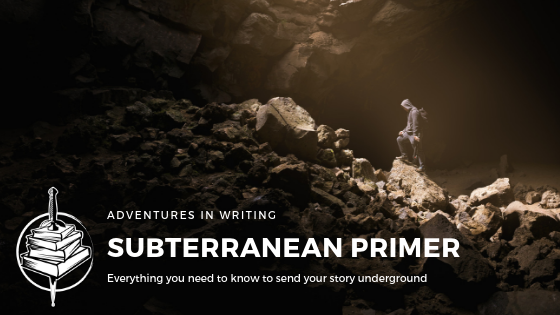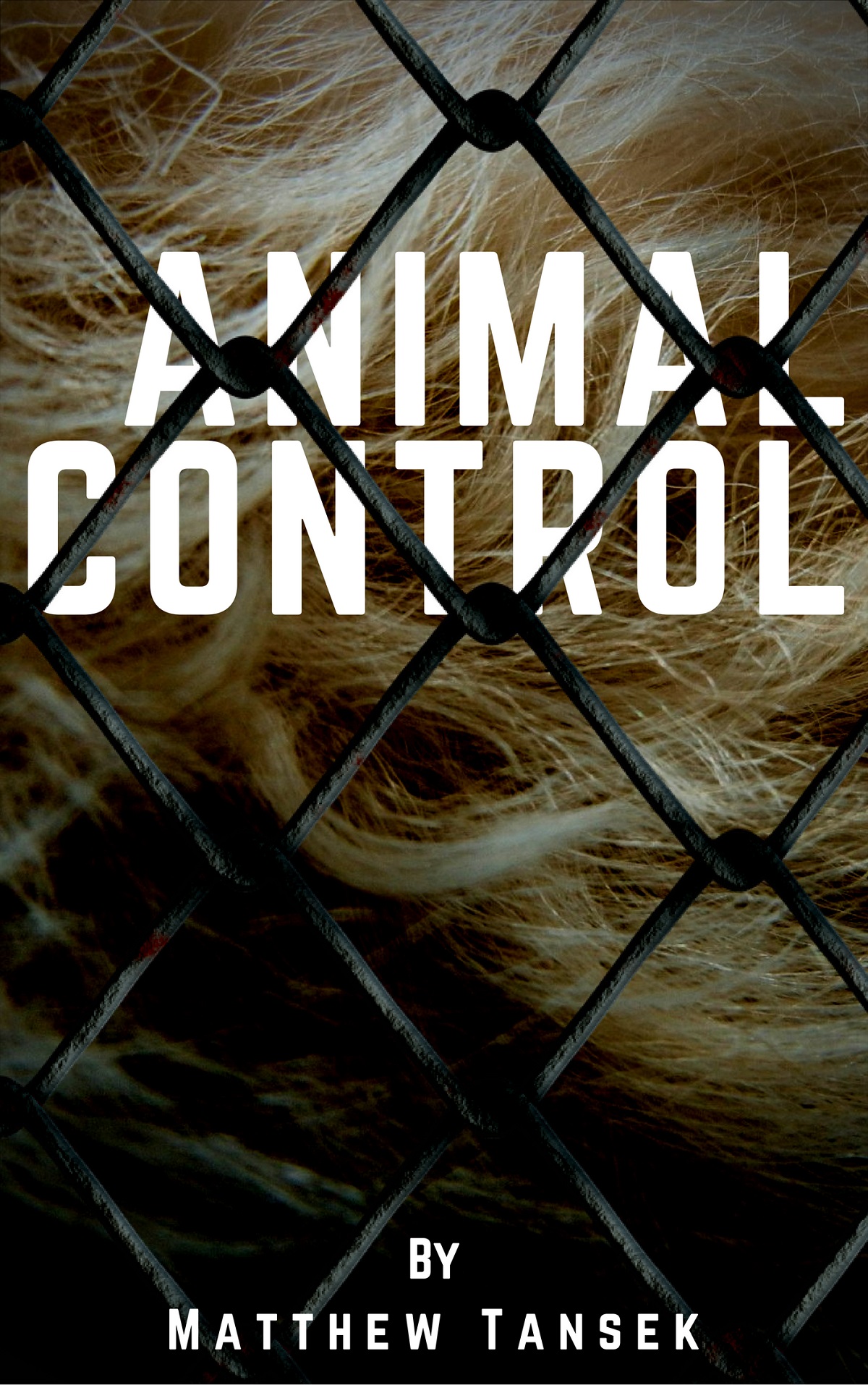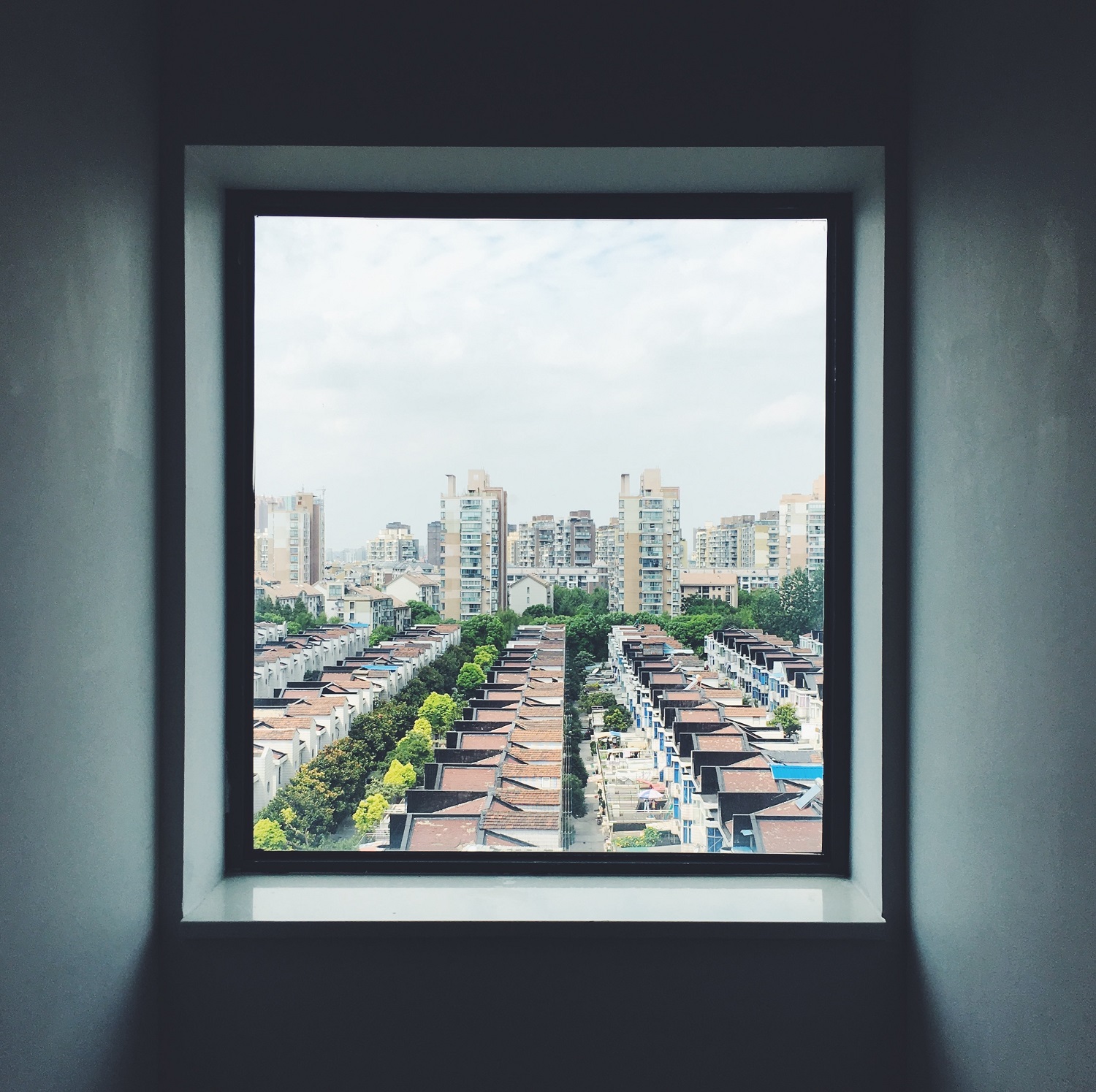
by Matthew Tansek | Feb 23, 2019 | Primer
Does the underground call to you? Are you intrigued with dark subterranean spaces? Well, you should be! They can be incredibly provocative and interesting settings for a story, at times lending their unique qualities as much to a scene as a character would. In this article you are going to learn all about the underground as we take a look at what it can bring to the table, what kinds of underground locations there are to play with, and a bit about the real world underground as it is separate from the imaginative places we may have read about or seen on screen. To be clear this article will be dealing with actual subterranean spaces, not a resistance movement sometimes referred to as the underground, nor are we talking about a biblical hell. Although admittedly as in all things there is a bit of a grey area here.
Oh, and recommended reading to get you going.
Let us delve!

[ezcol_2third]
[T]he underground, a place rife with ominous dripping water, blackness thicker than night, and obscure passages that can be found in both the remote wilderness as well as the urban metropolis. No matter which way you cut it subterranean spaces are emotional places.
Just put your imaginative shoes into those of an explorer going down into the depths of an uncharted passageway. Think about what kinds of things you might find down there, and how long those things might have gone untouched in the protected cool recesses of the place. Caves can be like the surface of the moon, they can preserve things in a way you don’t find in the “regular” natural world. Things like human remains become mummified, wooden objects can be spared the disintegrating power of rot, and even metallic objects can persist in a steady state so long as they are away from water. The underground can act as the ultimate time capsule!
With forgotten spaces far away from the light comes the unknown. H.P. Lovecraft has a great quote about the unknown:
“The oldest and strongest emotion of mankind is fear, and the oldest and strongest kind of fear is fear of the unknown”
― H.P. Lovecraft, Supernatural Horror in Literature
[/ezcol_2third] [ezcol_1third_end]

Photo by Ian Chen on Unsplash
[/ezcol_1third_end]
It’s a great opportunity for a writer to insert things that have not yet been classified and studied by the world at large. Be they mole people, be they eyeless dinosaurs, be they sentient protoplasm. Putting them underground makes them seem more plausible, and the plausibility of the unknown is terrifying.
So let’s touch on the feeling of being forgotten or lost that the underground conjures up. Perhaps your mind conjures up images of underground places untouched since they were last used as WWII bunkers, still replete with all of the trappings of that time. Or perhaps your mind imagines coming across the remains of previous spelunkers, who wandered until their lights and rations ran out. Was that sound in the distance just the earth moving, or something more? Either way, the feeling that the underground is so removed from the rest of the world is a strong one. The big three emotions are going to be timelessness, isolation, and adventure. Let’s touch on those:
Timelessness: This is that time capsule effect, but it can also be a sense of being out of time all together. The underground has a way of collecting bits and pieces of things that tumble down to it over the course of a large span of time, so play with that. Coins from colonial america can be mixed with civil war paraphernalia, with a few Motorola Razr flip phones on top. The ultimate grab bag of relics.
Isolation: The normal rules of society don’t have to apply to the spaces beneath your character’s feet. The police don’t patrol them, the animals we already know don’t come down here, and even all plat life stops at the door. A space removed that plays by different rules can be either liberating for those that suffer constraints from the standard society, or disturbing for those that don’t.
Adventure: With isolation comes the opportunity for your characters to be explorers into this strange dark world. Are they the first people in a hundred years to come down here? A thousand? ever? Digging into uncharted territory can be thrilling for your characters, and thrilling for your readers too.
While the underground universally calls up these feelings, beyond that you are going to want to consider what type of underground space you are talking about. As I have suggested there are two branching tunnels here, the natural underground and the urban underground. Both have their own unique characteristics, so lets trod through some of them now.
Natural Underground
The natural underground is both more spectacular and more different than you might imagine it to be if all you know was its depictions from popular media. They are extremely delicate ecosystems, often times each one being as unique as a fingerprint. In nature, caves can be extremely wet or extremely dry and have very different rock formations and life forms that exist in them depending on the presence of water. The air underground is unbelievably steady too, often being consistent year round at 55° F. Fauna that has evolved to live in deep cave environments, for the most part, are extremely specialized, eking out an existence on the meager amounts of energy that filters down to them. These types of cave creatures often live so close to the bone that things like eyes are a luxury. Camouflage is also a non-starter in a light-less environment, often resulting in the inhabitants taking on a very pale colorless look. So if you are considering populating your underground spaces these characteristics are worth bearing in mind.
Get inspired with this Wikipedia article on Troglofauna or Stygofauna
One thing that is interesting and helpful to know is the fact that most of the cliche and spectacular formations that we see in cave systems, such as the stalactite and the stalagmite (spiky formations that develop top down or bottom up respectively) or gargantuan crystals form because of the activity of water. Now a cave that was once wet may not be any more, or vise-versa, but it’s a good thing to know if you’ve inserted an underground river whether or not these kinds of things would be in the landscape.
Dry caves, on the other hand, are the real master places for preservation. Primitive cave art can seem like it was painted just yesterday, remains can mummify and remain remarkably untouched, and footprints can stand in the dust for just about as long as they are allowed to. Dry caves need not be found below dry surface environments either, as layers of protective materials such as clay can act as a shield from any rainfall or top town moisture.
Tropes of the natural underground:
- Hitherto unknown flora and fauna
- Virgin exotic/alien terrain
Urban Underground
Conversely, we have the urban underground. Places rife with the decadent themes of a fallen society. These places may have once served a purpose but have since fallen out of mind, or their utility is taken so for granted that they are not thought about anymore. Old subway terminals, utility tunnels and bomb shelters all fall into this category. There is a reason that the underbelly of civilization is linked to the places beneath our feet. Removed from law and order and left to fester these spaces are often the realms of the homeless, the degenerate, and the vermin of a civilization.
As the set designer for your creative endeavor you may find using urban underground spaces a bit more of a challenge because of the necessary question of purpose. Unlike a naturally forming cave urban underground spaces were created with a purpose in mind even if that purpose is no longer necessary. Did the sultan have an escape tunnel built in case of an attempted coup? Did the abandoned research facility have an annex in the mountain for radiation shielding? Did the gallery have a sub basement to hide away all of its really valuable paintings? In almost any situation there was an endeavor to create the space first, which you will need to account for, then once you do you just need to dial it into the state you want when your characters interact with it. i.e. add the cobwebs.
Tropes of the urban underground:
- Fallen glory
- Criminal activity
- Outsiders
Recommended Reading
This is by no means an exhaustive list, just the first few that sprung to mind. If you have suggestions for additional titles please share!
- Journey to the Center of the Earth by Jules Verne
- Far Below by Robert Barbour
- Rats in the Walls by H.P. Lovecraft
- Dark Universe by Daniel F. Galouye
- The Descent by Jeff Long

by Matthew Tansek | Nov 6, 2018 | Musings
If you noticed this week I have posted a new short story to my site titled Animal Control. I was pretty excited to write this type of story and I thought I did a good job of capturing a colorful surrealist energy, but I’ll go into greater detail about that below. If you are interested in reading it for yourself, you can access it from the link below. Just as a reminder if you sign up for my infrequent newsletter you’ll get access to all of my short fiction early, and even have the chance to help me decide what kinds of creative projects I should try moving forward.
Animal Control
What was I attempting to do with this story?
Animal Control began with the want to write something that was a classic adventure story at heart, but twist the world building aspect in such a way that would set it apart from a traditional swashbuckling adventure. I endeavored to throw a main character out of their normal humdrum life into one of vibrant weirdness and unexpected elements. I adhered pretty hard to Campbell’s Hero’s Journey model on purpose in order to give the whole thing the feeling of a more traditional adventure.
Did I have any particular inspirations?
I had a lot of fun dreaming up the various creatures that inhabit the story’s world. I don’t know if there is really one thing that I took inspiration from, but a thousand things that strike similar chords out there. It’s always so hard to think up a creative doorway that connects the “real world” from the bizarre foreign one that your main character plunges into. I eventually ended up on a hallow Earth model of a fantastical world with the thought that if such a place existed how hard it would be to try and segregate the natural world into its respective layers.
In the end, as always, is my work flawed? Yes. Was it fun to write and share with all of you? Also yes. If you have any creative comments for me feel free to post them below, or if you have any creative works along similar lines feel free to share the link.
Thanks.

by Matthew Tansek | Dec 18, 2017 | How To
Have you ever read a story that really was a story within a story? “Two for the price of one,” you might be thinking to yourself. “That’s great!!!” Well yeah sometimes, but calm down. This type of literary device is one that has existed for way longer than you might have thought, and it may surprise you to learn that the earliest known uses date back to the ancient Egyptians. But should you use it in your story? Maybe. Let’s grab our box of crude literary dissection tools and dig in.
There are plenty of examples of fantastic stories that use this type of structure. Frankenstein for one uses the wrap around narrative of Captain Robert Walton before it dives into the real meat of Victor Frankenstein. Another good example would be Wuthering Heights, the narrative first provided by Mr. Lockwood and then later by Nelly Dean. Sometimes you might even have one story teller exit all together and have the tale resolve with an entirely different person. Donald Westlake’s short story No Story might be an interesting read if you are interested, it parodies this device setting frame inside of frame until ultimately you are left with no story at all. (This turned out to be quite a difficult story to find, so if you know of a digital version I could link to, please let me know.)
I’m going to ride off into the weeds of personal opinion here, but most of the time when I encounter a story that uses this narrative device I get mildly annoyed. Unless it’s done really well authors run the risk of creating something that’s seemingly whole point is to waste the time of the reader. The narrative at the very least should contain some kernel to the story that helps resolve the plot of the internal narrative by the time the reader gets back around to the other side of the outer one. At best it should do that and underline what the moral or theme of the story was. “But Matt doesn’t a framing narrative give something to the story?” you ask, “Doesn’t it have a place in all this?” Well yes, lets get into that.
Why would you want to use a framing narrative?
Well the primary purpose of using a frame is usually to link together disparate pieces or fragments into one cohesive whole. You can think of it like packaging, instead of an anthology with several stories bound together without any inter-connectivity, you get one story mushing them all into one. Characters and events across time and space can suddenly be brought together and their stories told in such a way that the reader gets to experience them in a way that makes structural sense. And that’s why people buy books right, for the packaging? This is sometimes refereed to as a conceit, or as I like to call it a cop out, because if the narrative frame to heavy-handedly tells you the point of the linked stories, or if the stories recounted just seem too incredible to be presented within the frame provided suddenly you feel like the frame has wasted your time.
The second reason that you would want to use a frame is to give your reader a stepping stone down into the story. If done well it can add verisimilitude to the story and provide the reader with a narrator that they can empathize with and who can give credence to the claims that the story is about to make. You may not be a doctor for example, but let me provide you with a credible one in the narrative frame, so that when you do get to the incredible tale of the reanimated corpse you are more likely to believe it to be “true” because it came from said credible doctor. But watch the f*** out if you build in a frame for this reason, because if you fail to make the narrator someone that the reader trusts, your story’s credibility can actually do the opposite. All of a sudden you’ve built in a miniature version of the telephone game, the primary evidence now obscured through two or more layers of interpretation. If one or both of your narrators are unreliable then Hell’s bells man how can we be sure any of this stuff is real?
The third reason would be to use it to get the reader up to speed on a situation currently unfolding in the story. You may find the narrator in the frame about to do something dramatic, say storm a cathedral full of vampires. They then can explain to you through the frame what has happened up until this point in the story, bringing what would otherwise be relegated to backstory info into the foreground and forming the primary part of your tale. The reader then once caught up can see how the third act plays out, with the narrator detonating the bomb in the bell tower and diving through the stained glass guns-a-blazing.
Be careful
I guess that’s all I’m really trying to say here. If you want my recommendation I would suggest only using this type of device if you go into the story knowing you want to use one. Hang a lantern on it, and infuse it with just as much value to the reader as the rest of the story if you can. If your story can survive it hitting the cutting room floor then odds are you are better off without it.
Cheers.

Photo by Alvan Nee on Unsplash






